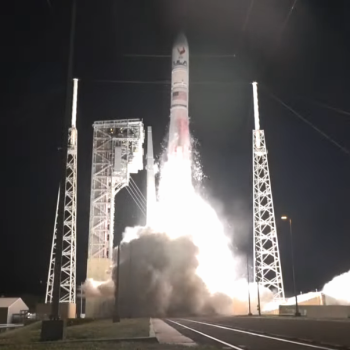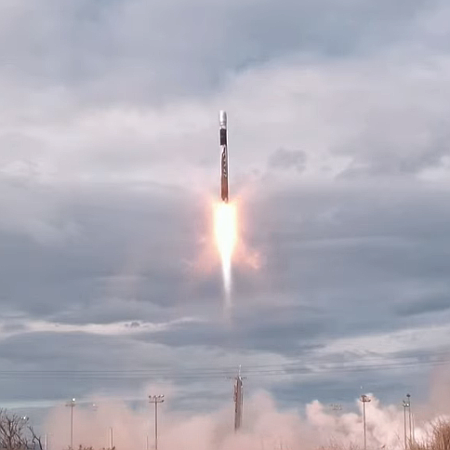Momentus delays next orbital tug mission due to lack of funds
The orbital tug startup Momentus has now delayed its next orbital tug mission, scheduled to launch in March on a SpaceX Falcon 9 rocket, due to shortage of cash in the bank.
In a filing with the U.S. Securities and Exchange Commission Jan. 12, Momentus announced it did not plan to fly its next tug, Vigoride-7, on SpaceX’s Transporter-10 rideshare launch in March. The company said it called off the flight because of its “inability to support continuing operations for the expected launch date as a result of the Company’s limited liquidity and cash balance.”
The company said in November that it has signed up seven customers who planned to deploy satellites on Vigoride-7 and two other customers who would operate hosted payloads on the vehicle, but did not identify then. Momentus also intended to fly a rendezvous and proximity operations demonstration on the vehicle as part of its long-term plans for reusable tugs.
Momentus also announced the layoff of 20% of its full-time workforce, on top of the 30% layoffs which occurred in the third quarter in 2023. It appears from the SEC filing that these layoffs are a result of not winning the military contract to build its Tranche-2 constellation, won by Rocket Lab earlier this week.
The company is presently seeking new investment capital.
The orbital tug startup Momentus has now delayed its next orbital tug mission, scheduled to launch in March on a SpaceX Falcon 9 rocket, due to shortage of cash in the bank.
In a filing with the U.S. Securities and Exchange Commission Jan. 12, Momentus announced it did not plan to fly its next tug, Vigoride-7, on SpaceX’s Transporter-10 rideshare launch in March. The company said it called off the flight because of its “inability to support continuing operations for the expected launch date as a result of the Company’s limited liquidity and cash balance.”
The company said in November that it has signed up seven customers who planned to deploy satellites on Vigoride-7 and two other customers who would operate hosted payloads on the vehicle, but did not identify then. Momentus also intended to fly a rendezvous and proximity operations demonstration on the vehicle as part of its long-term plans for reusable tugs.
Momentus also announced the layoff of 20% of its full-time workforce, on top of the 30% layoffs which occurred in the third quarter in 2023. It appears from the SEC filing that these layoffs are a result of not winning the military contract to build its Tranche-2 constellation, won by Rocket Lab earlier this week.
The company is presently seeking new investment capital.








